16 Container Plants That Can Move Indoors When Temperatures Drop
As the temperatures drop, it’s time to consider bringing your favorite container plants indoors. Many outdoor plants can thrive inside with the right care, continuing to add color and life to your home throughout the winter months. From vibrant flowers to fragrant herbs, there are plenty of options to move indoors as the chill sets in. Not only does this protect your plants from frost, but it also helps keep your indoor space fresh and green.
This post may contain affiliate links, which helps keep this content free. Please read our disclosure for more info.
Fuchsia
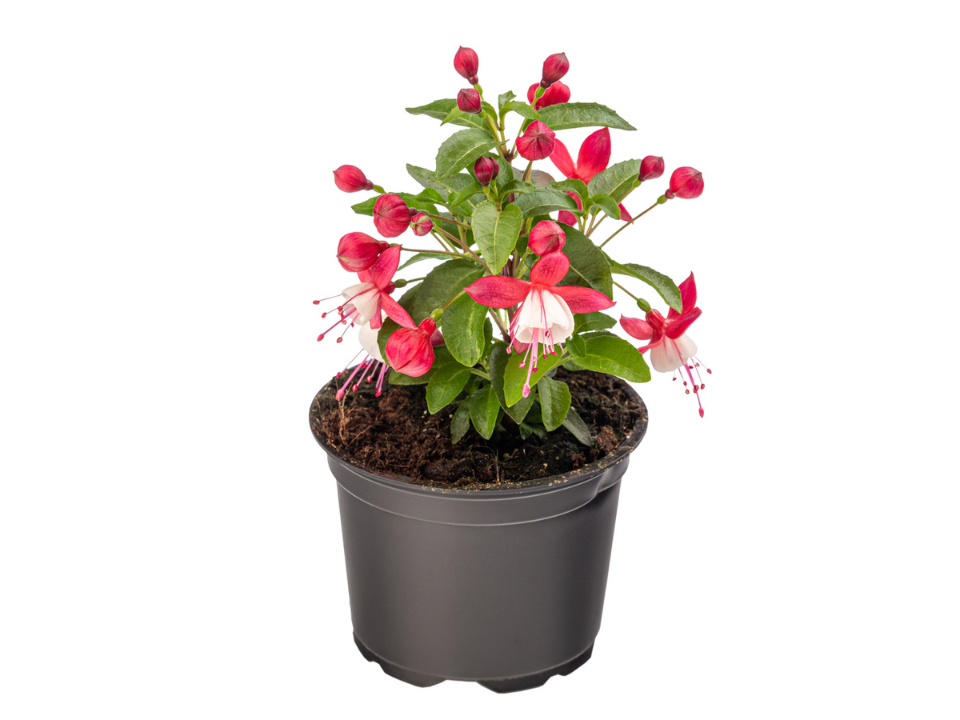
Fuchsia is a colorful, flowering plant that thrives in bright but indirect light. Its delicate flowers come in shades of red, purple, and pink, adding vibrant hues to your indoor space. This plant needs consistent watering but should not be overwatered. Fuchsia can adapt well to indoor environments when temperatures drop, as long as it is not placed in direct sunlight.
When moved indoors, Fuchsia should be kept in a cool room to replicate its outdoor conditions. It will bloom beautifully if given enough light and humidity, but it should be away from drafts. Fuchsia’s beauty will continue to bring lively colors to your home throughout the winter months.
Geranium
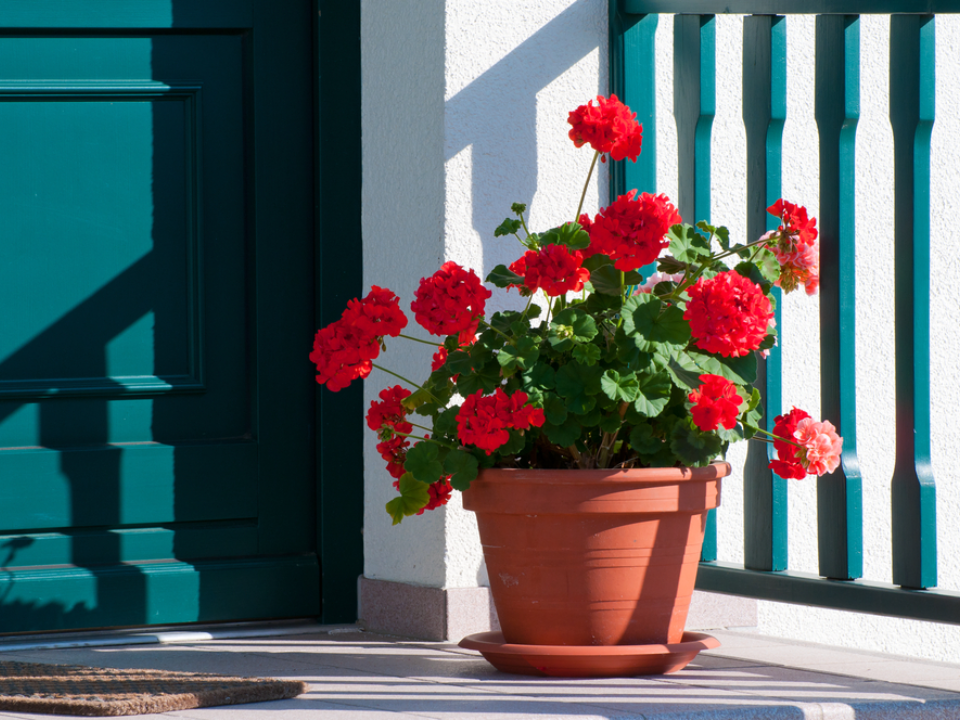
Geraniums are hardy plants known for their bright flowers, typically in red, pink, or white. These plants love the sun, so they will do well on a windowsill with plenty of light. They can tolerate a range of temperatures but benefit from being moved indoors before a hard frost arrives.
Once indoors, geraniums will continue to bloom if placed in a sunny spot. They require regular watering, but be careful not to let them sit in water, as this can cause root rot. Geraniums can provide lasting color to your indoor space all winter long.
Lavender
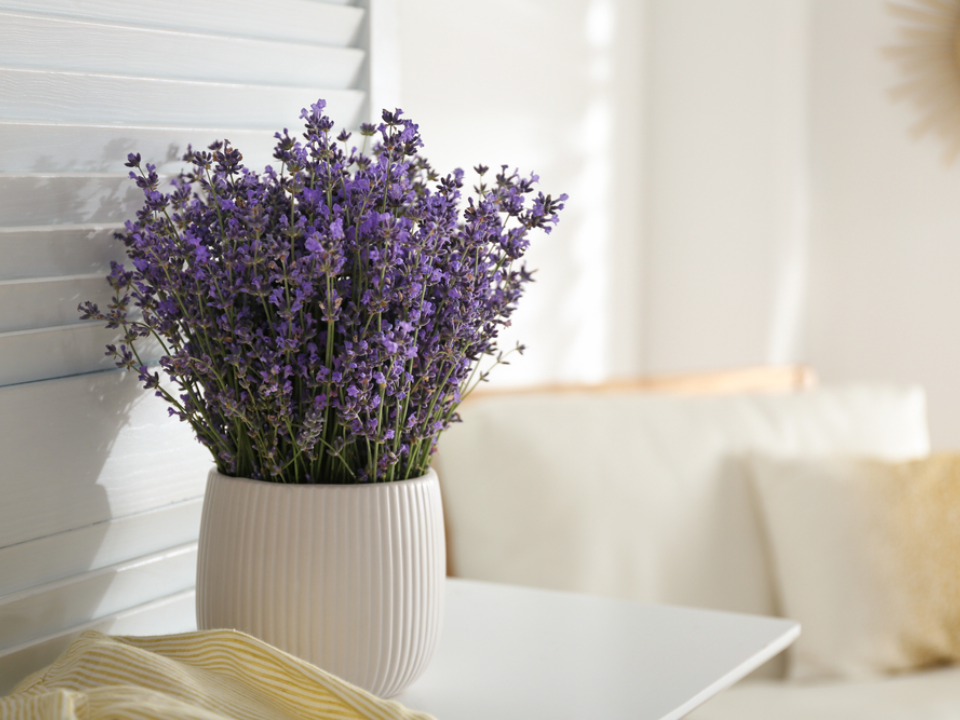
Lavender is well-loved for its fragrant flowers and ability to thrive in sunny, dry conditions. Outdoors, it can withstand drought but should be brought indoors when the cold weather arrives. Lavender thrives in a pot, making it easy to move as temperatures drop.
When moved indoors, lavender needs a bright, sunny window to maintain its health and fragrance. Ensure the soil is well-drained and not too moist. This fragrant herb can continue to grow indoors, but it may not bloom as frequently without enough sunlight.
Coleus
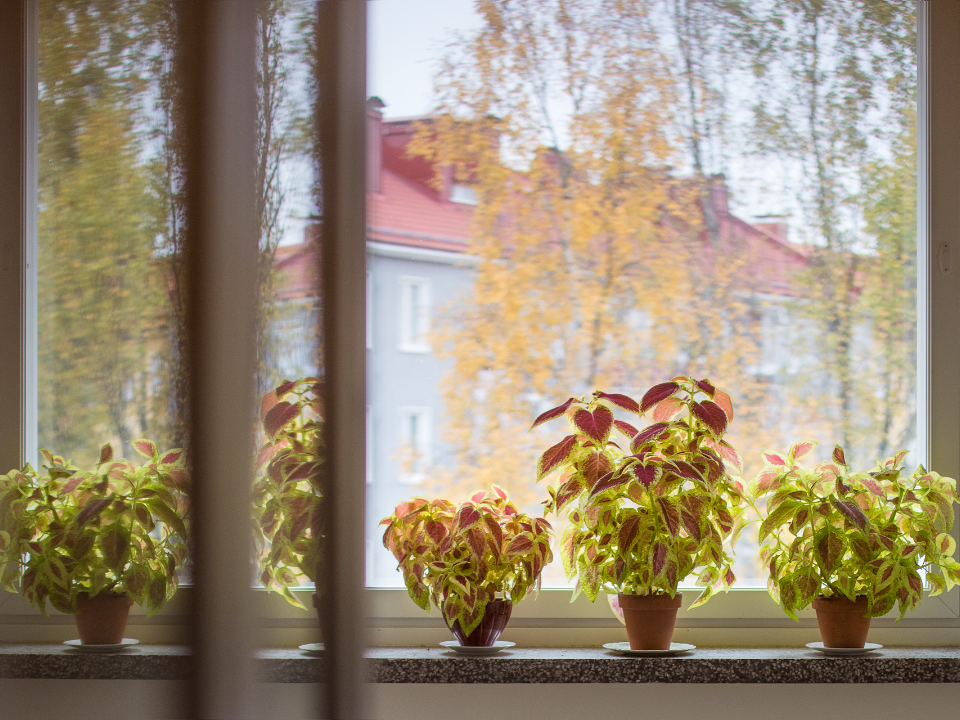
Coleus is a hardy plant known for its vibrant foliage in various colors, including shades of purple, red, green, and yellow. Outdoors, it thrives in warm weather and partial shade, but when temperatures drop, it can be easily moved indoors. It’s an ideal choice for container gardening due to its compact size.
To keep your coleus healthy indoors, place it near a bright window with indirect sunlight. Keep the soil evenly moist and avoid letting it dry out completely. Its colorful leaves will continue to brighten up your home, even in the cooler months.
Poinsettia
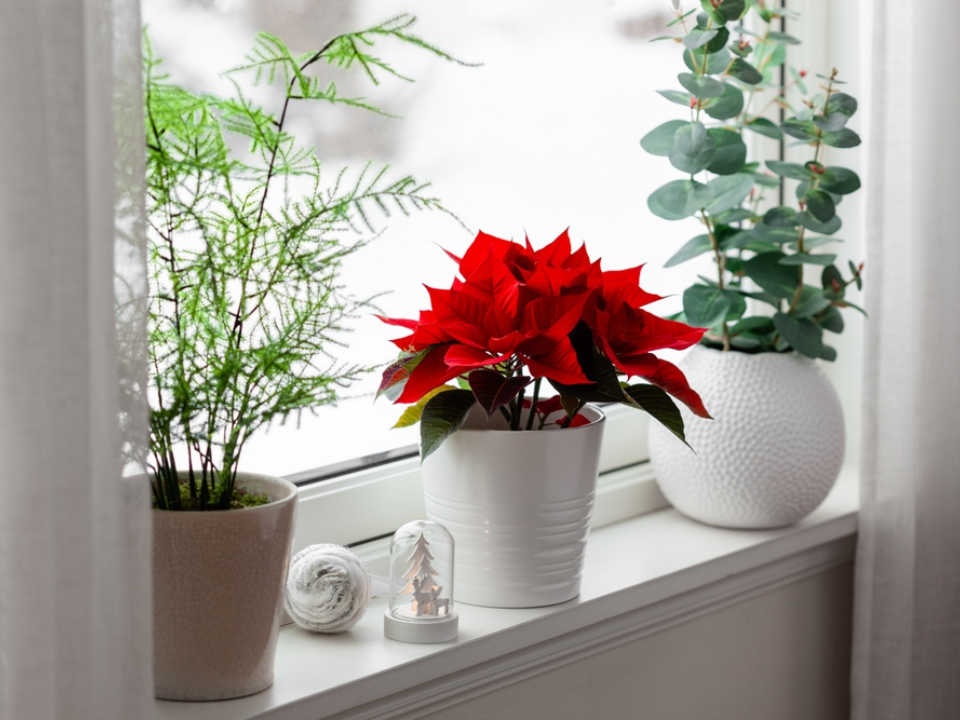
Poinsettias are a holiday favorite, known for their bright red and green leaves. They grow well outdoors in the warmer months but can easily be moved inside during the fall and winter. Though often associated with the holiday season, they can last much longer with proper care.
Once indoors, place your poinsettia in a spot with plenty of indirect light. Water it regularly, but make sure not to overwater. With the right care, it will continue to add a festive touch to your home well beyond the holiday season.
Spider Plant
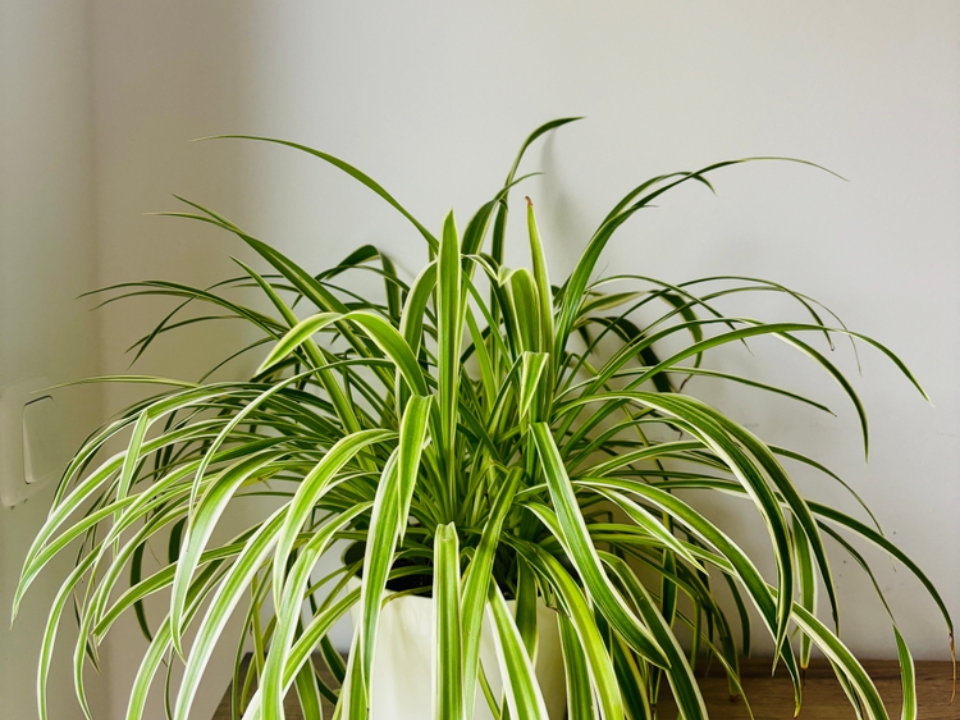
Spider plants are one of the easiest houseplants to care for and make a perfect addition to your indoor space when temperatures drop. Known for their long, arching leaves and small “babies” that sprout from the main plant, they are not only decorative but also great for purifying the air.
When moved indoors, spider plants should be placed in bright, indirect light. They are tolerant of a variety of conditions but thrive when watered regularly without becoming soggy. Spider plants are perfect for a low-maintenance indoor garden.
Aloe Vera
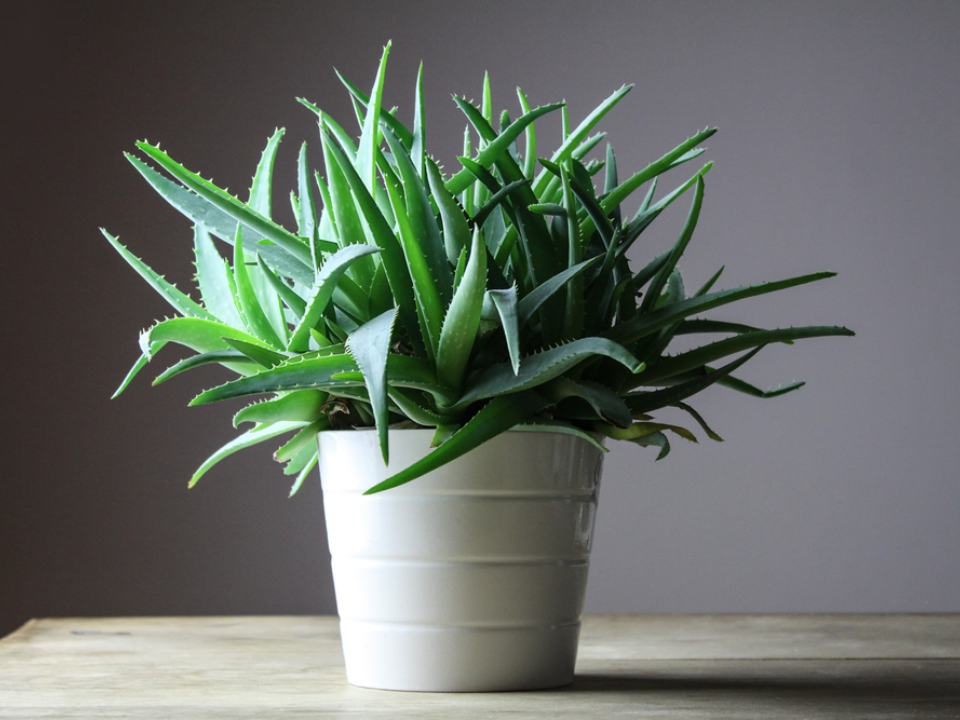
Aloe Vera is a succulent known for its healing properties and distinctive spiky leaves. It prefers warm, dry conditions, making it a great plant to move indoors before the temperature drops. Aloe Vera can survive with minimal care, making it a perfect option for those new to indoor gardening.
To keep your Aloe Vera thriving indoors, place it in a sunny spot and allow the soil to dry out between waterings. It doesn’t require much attention but benefits from being kept in a warm environment. Aloe Vera will continue to provide its soothing gel even during colder months.
Petunia
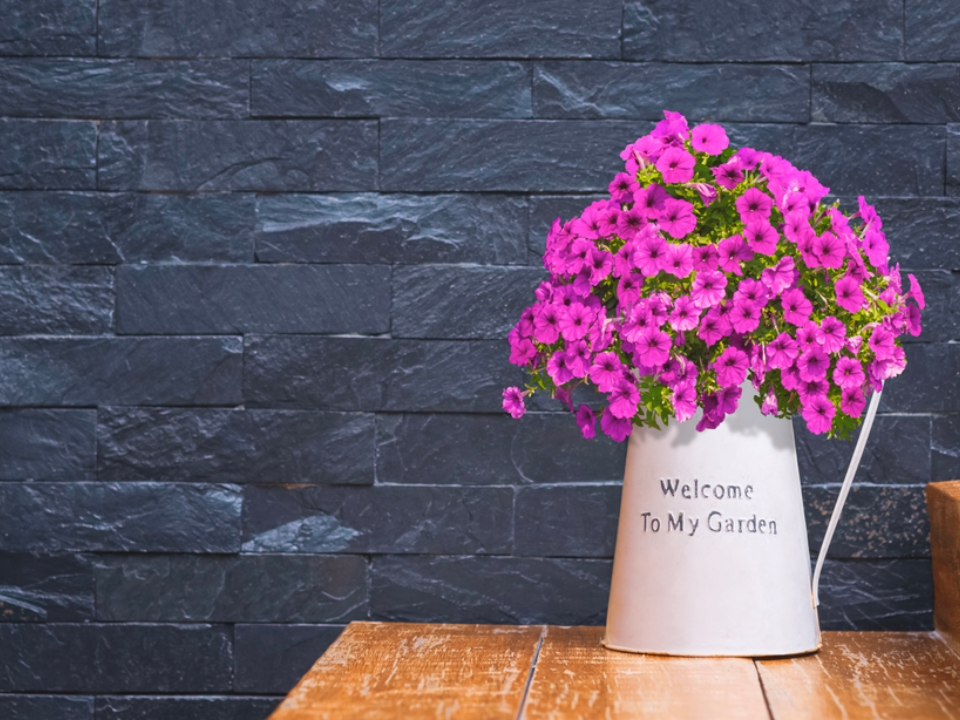
Petunias are hardy plants that bloom profusely in vibrant colors, ranging from purples and pinks to reds and whites. These plants thrive outdoors but can be moved indoors before frost hits. Petunias need full sun to produce their best flowers, so they are perfect for a sunny windowsill.
Once indoors, ensure the petunias get enough light, and water them regularly, keeping the soil moist but not soggy. With the right care, petunias can continue to bloom indoors and bring color to your home throughout the colder months.
Begonia
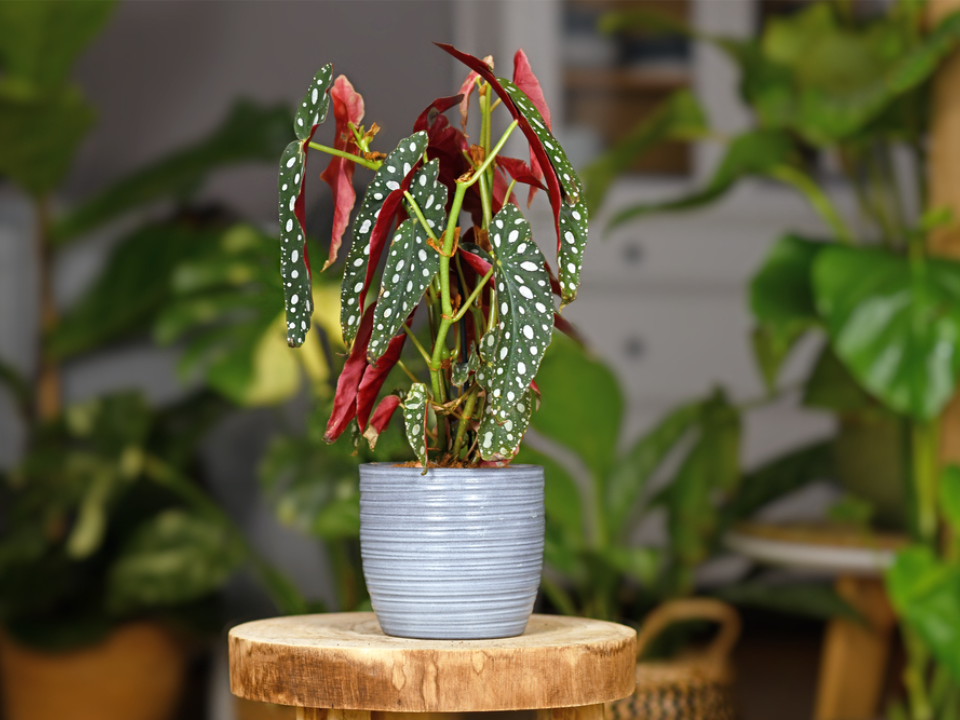
Begonias are versatile plants that thrive in both indoor and outdoor environments. Known for their waxy, colorful leaves and unique flowers, begonias are a great option to move indoors when the weather cools. They thrive in containers, making them easy to move.
Place your begonia in a bright, indirect light spot indoors. Begonias prefer slightly moist soil, so keep it evenly watered but not too soggy. With proper care, your begonia will continue to grow and add vibrant colors to your indoor garden.
Impatiens
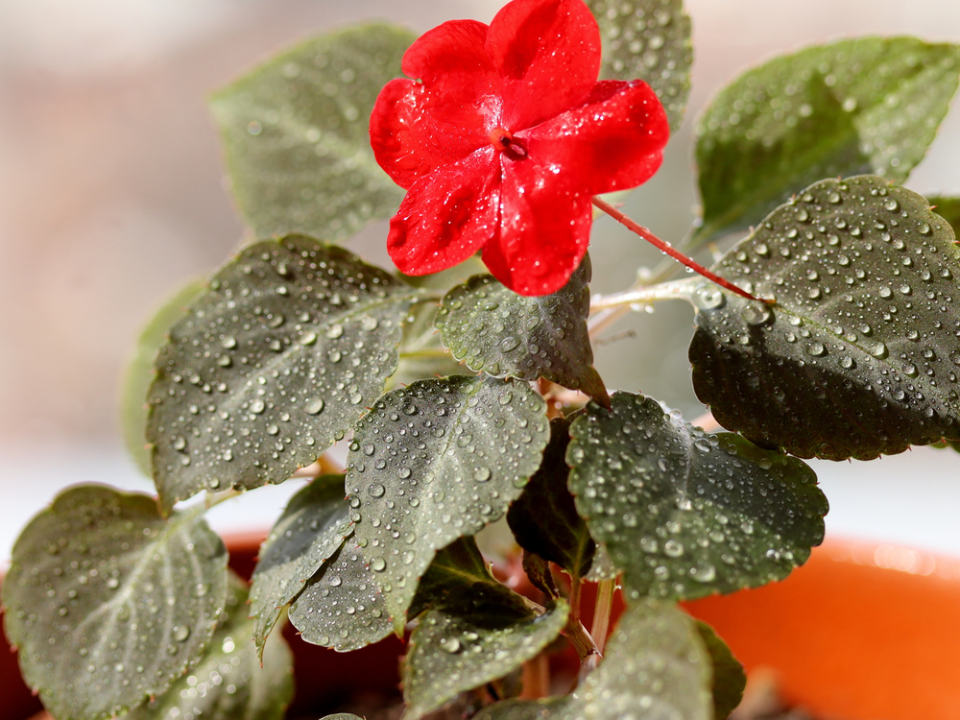
Impatiens are known for their colorful, soft flowers that come in a variety of shades, from reds and pinks to whites and purples. They thrive in shady areas outdoors but can be moved indoors when temperatures drop. They make great container plants because they stay compact and are easy to move.
To keep your impatiens thriving indoors, place them in a spot with indirect light, such as near a window with filtered sunlight. They require regular watering, but be cautious not to overwater. These vibrant flowers will continue to brighten up your indoor space even in winter.
Citrus Trees
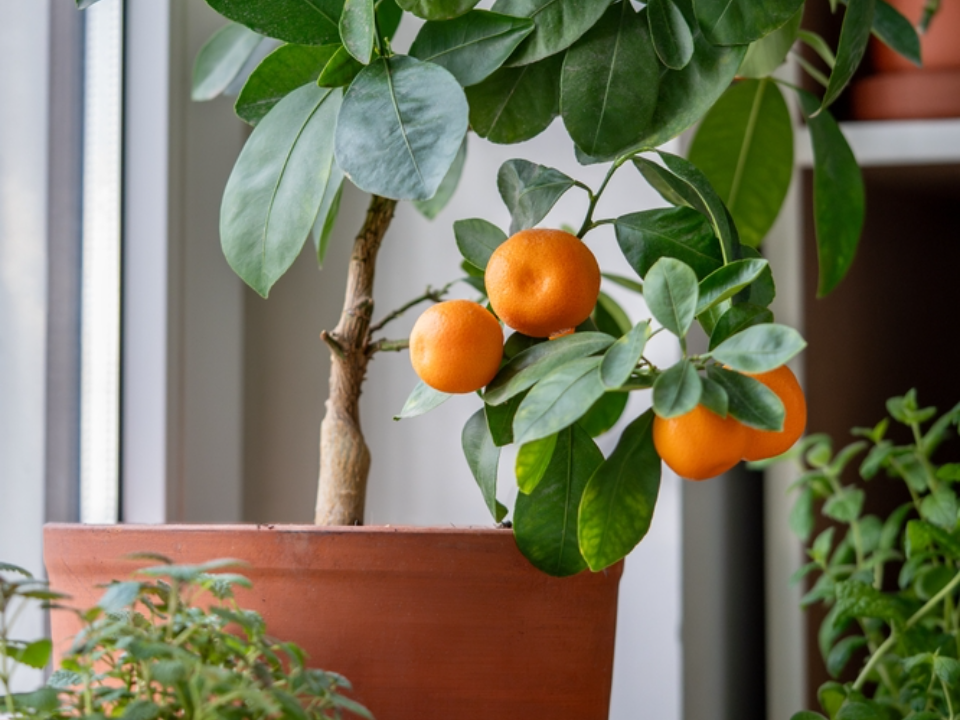
Citrus trees, such as lemon and lime, make wonderful container plants that can be moved indoors when the temperature drops. They need full sunlight to thrive and will do well in a sunny window or under grow lights during the winter months. These trees not only provide fresh fruit but also release a pleasant fragrance.
When bringing citrus trees indoors, ensure they are placed in a spot where they receive plenty of sunlight and are protected from drafts. They require consistent watering but should not be overwatered. With the right care, your citrus tree will continue to grow and produce fruit indoors.
Cyclamen
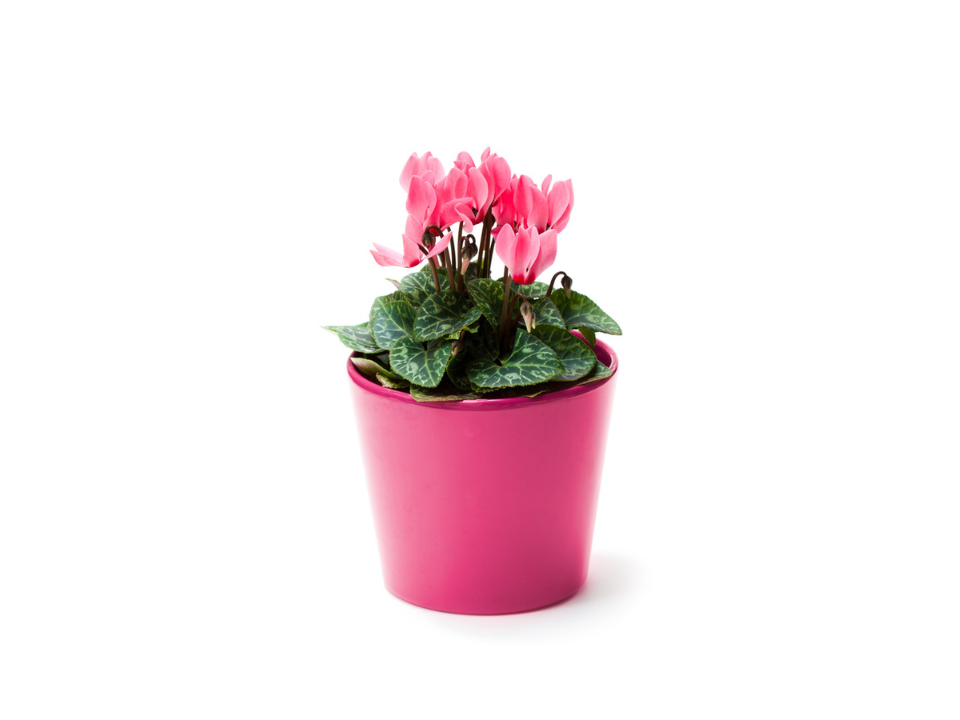
Cyclamen is a stunning plant that is particularly known for its vibrant flowers, which bloom in shades of pink, red, and white. These plants enjoy cooler temperatures, making them ideal for bringing indoors when the weather cools. Cyclamen also has attractive, variegated leaves, adding a decorative element to your home.
Indoors, cyclamen should be placed in a cool room with bright, indirect light. Water it regularly, but be careful not to wet the leaves, as this can cause rot. Cyclamen will continue to bloom indoors, offering beauty and color to your space throughout the fall and winter months.
Amaryllis
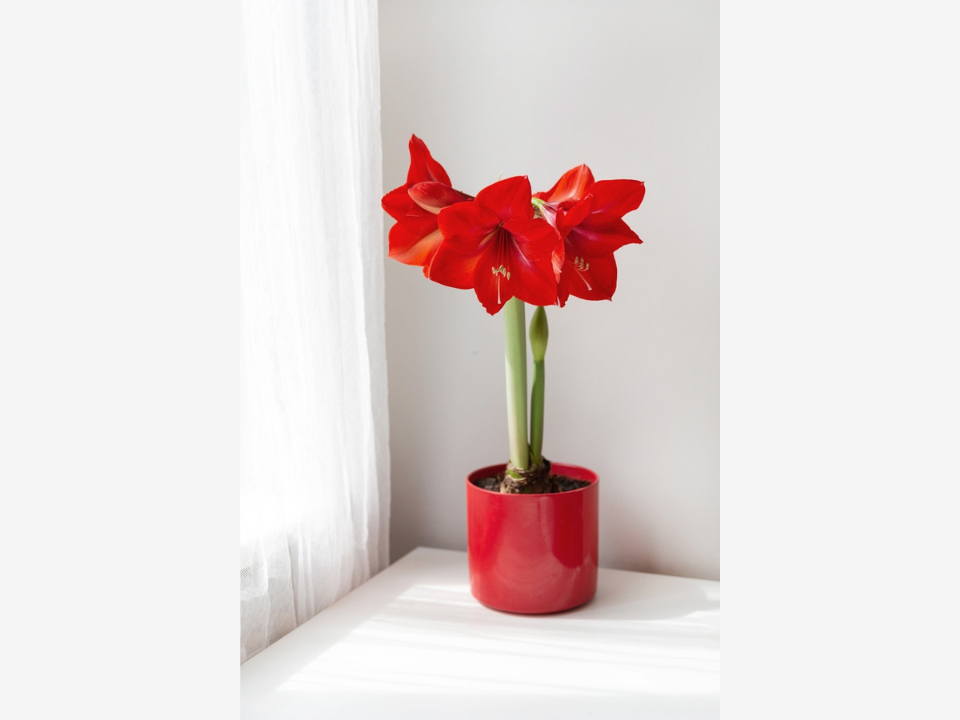
Amaryllis is a striking plant with large, trumpet-shaped flowers in shades of red, pink, and white. It is a favorite for winter indoor gardening, as it blooms beautifully when brought inside during the colder months. Amaryllis is often grown in containers, which makes it easy to move indoors.
For best results, place your amaryllis in a location with plenty of bright, indirect light. Water it consistently, but avoid soaking the soil. As it blooms, it will bring a burst of color and elegance to your indoor space throughout the winter season.
Jasmine
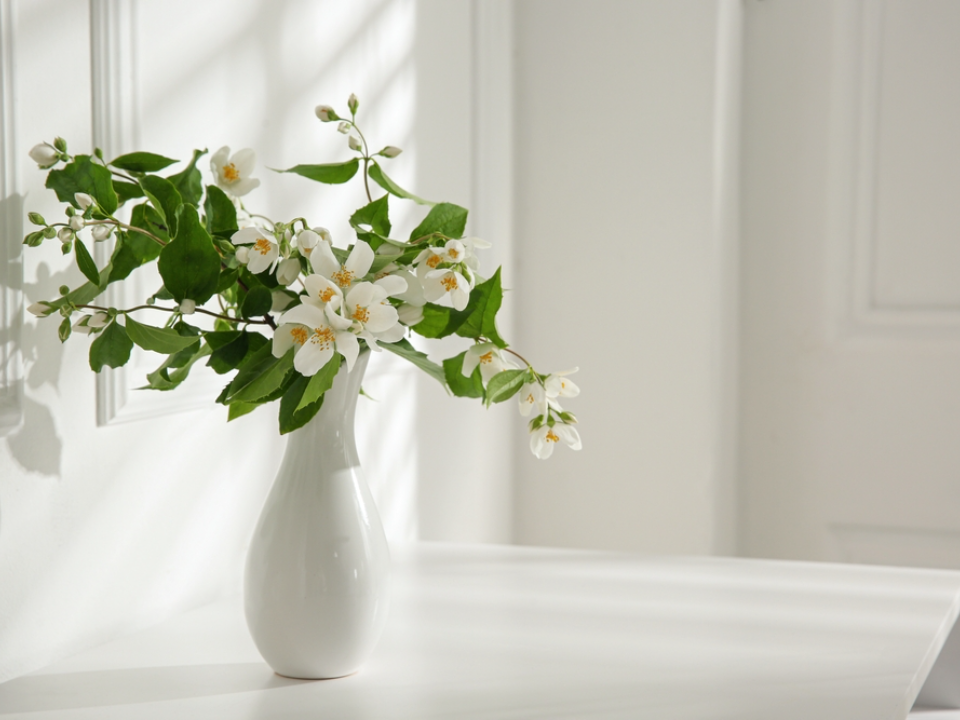
Jasmine is a fragrant plant known for its small, white or yellow flowers. Outdoors, it thrives in warm, sunny environments, but when temperatures fall, it can be moved indoors. Jasmine is often grown in containers, making it easy to relocate as the weather changes.
To keep your jasmine healthy indoors, place it in a sunny spot and water it regularly, allowing the soil to dry slightly between waterings. The sweet fragrance of jasmine flowers will continue to fill your home, even in the winter months.
Pothos
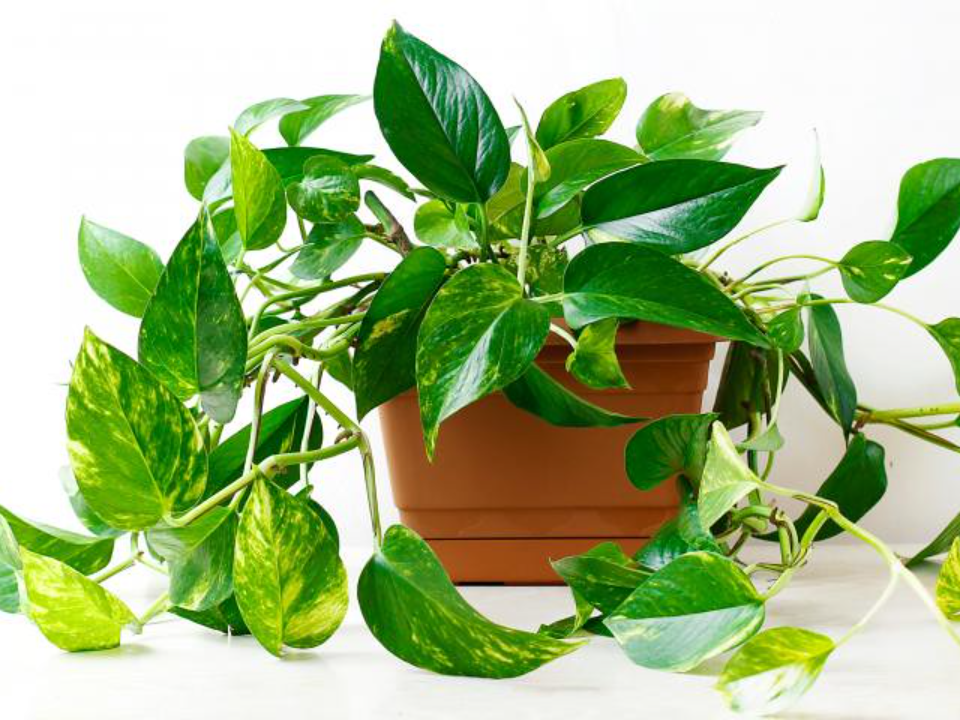
Pothos is a popular and low-maintenance houseplant known for its trailing vines and heart-shaped leaves. It grows quickly in warm conditions but can easily adapt to indoor environments when the temperature drops. Pothos is a great option for those new to indoor gardening.
Indoors, pothos will thrive in bright, indirect light but can also tolerate lower light levels. It should be watered when the soil feels dry, but it is quite forgiving if you miss a watering or two. Pothos will continue to grow and add lush greenery to your home during the colder months.
Cineraria
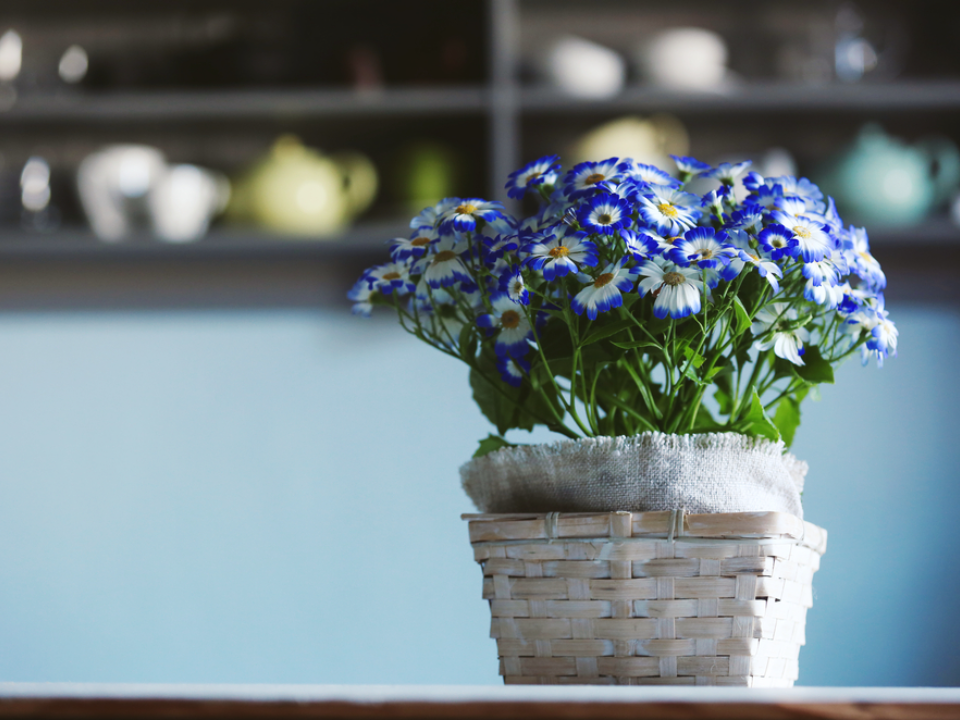
Cineraria is a beautiful flowering plant known for its vibrant colors, including blue, purple, and pink. It grows well outdoors in cooler temperatures but can be moved indoors to continue blooming through the winter. Cineraria is typically grown in pots, which makes it easy to bring inside.
To keep your cineraria thriving indoors, place it in a bright, cool room with indirect sunlight. Keep the soil evenly moist, but avoid letting it become too soggy. With proper care, this flowering plant will continue to brighten up your indoor space with its colorful blooms.
This article originally appeared on Avocadu.
